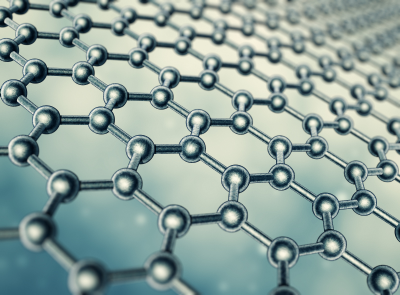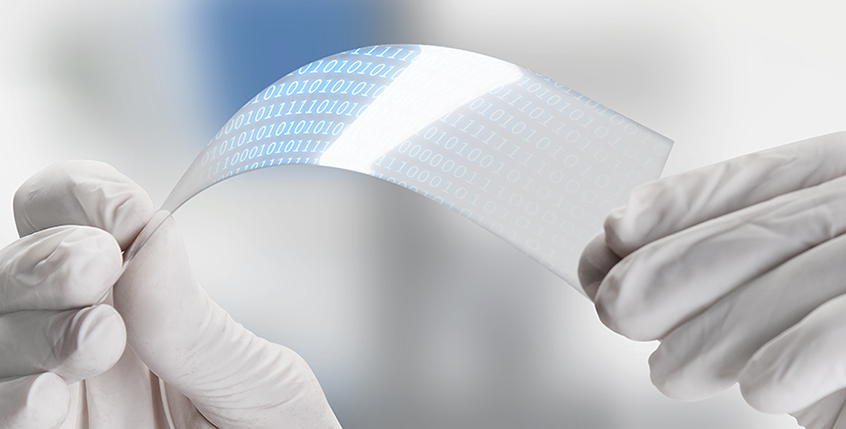-
Top Things You Should Know about Graphene
Sep 17, 2019 | ACS MATERIAL LLCIf you haven’t yet heard of graphene, you probably will soon enough. Graphene, the world’s strongest, lightest, thinnest material, has the potential to revolutionize manufacturing, science, and technology. Its applications are endless due to its diverse beneficial properties which allow it to be used across many industries including medical and aerospace. Graphene is only a single atom thick, but it’s 200 times stronger than steel. It’s derived entirely of carbon, which happens to be one of the most plentiful substances in the universe.
What is graphene exactly? Graphene is a two-dimensional matrix consisting of carbon atoms arranged in a hexagonal fashion. Such a matrix forms a thin sheet that is 97% transparent, and given the variety of applications in which it can be used, may soon be as ubiquitous in modern society as steel, glass, and silicon are now. While more graphene production companies are beginning to appear as future demand is forecasted, it isn’t broadly available enough yet for widespread use in manufacturing. As graphene manufacturers continue to improve production methods, you can expect to see more of this miracle substance appear in daily life. In the meantime, read below to learn more about what makes graphene special and what you should know about its usage.

Thinnest Material in the World
Graphene is the thinnest material in the world with a thickness of only a single layer of atoms. It’s considered a two-dimensional material, since a sheet of graphene involves chained atoms on a single plane rather than stacked ones. Despite its relative thinness, graphene possesses some rather amazing qualities that surpass many of the materials commonly used in science and manufacturing today.
It Has Amazing Physical Properties
Though graphene may seem fragile if held in the palm of your hand, it has some amazing properties that make it one of the most durable substances on earth. It can be up to 200 times as strong as steel, and can absorb ~2% of light. That means it can produce truer blacks when suspended in a liquid, and it will appear shimmery if viewed in your hand. It is 1,000 times lighter than a sheet of paper, and more flexible than rubber.
It’s an Excellent Semiconductor
One of the most exciting applications for graphene is its use in electronics, as it may eventually replace silicon in computers. It has incredible electrical conductivity, and its source material is more plentiful on earth than silicon. Substituting graphene for silicon would also provide the benefit of faster, thinner, and lighter electronic devices. It can allow computing speeds that surpass Moore’s Law, and can be utilized to create battery technology that significantly outperforms current lithium-ion technology. Because it is easily suspended in liquid, it can be used to make conductive ink for use in printing circuits that are efficient and fast. Such innovations are just on the horizon, however, they currently remain well in the future, due to limited graphene production capabilities.

Perfect Waterproof Coating
Graphene is highly hydrophobic, meaning it repels water efficiently. That means it can be used for waterproofing, and furthermore it can be used on ship hulls to reduce friction and produce higher speeds in watercraft. Interestingly enough, by modifying graphene chemically one can create graphene oxide, which has just the opposite property and is a water-loving substance.
Graphene is Safe and Nontoxic
Because graphene is derived from carbon and more specifically, graphite, it has no known adverse effects on humans and the environment. While research into the matter is admittedly limited at this point, the chemistry of graphene and anecdotal information derived from those who’ve worked with it for a decade indicates that it is indeed safe and may one day be used in biomedical industries and perhaps even in daily life.
Graphene is certainly a revolutionary material that could make a significant impact on modern life in a variety of areas. However, production capability is currently limited, which means the world will have to wait to see the full scope of applications of this miracle material. To learn more about graphene and its properties, visit our Graphene Series.
Related ACS Material Products: